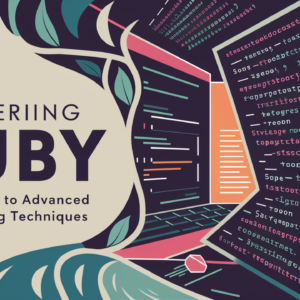Description
Part 1: Fundamentals of Ruby
-
Introduction to Ruby
-
Ruby basics for beginners or refresher for intermediate programmers.
-
Setting up Ruby environment.
-
-
Ruby Libraries for RAG
-
Introduction to libraries like Langchain.rb, Ruby-OpenAI, etc.
-
Installation and basic setup.
-
Part 2: Understanding RAG
-
What is RAG?
-
Detailed explanation of Retrieval Augmented Generation.
-
Use cases and benefits in real-world scenarios.
-
-
Components of a RAG System
-
Retrieval mechanisms, language models, and how they interact.
-
Part 3: Implementing RAG with Ruby
-
Building Your First RAG Application
-
Step-by-step guide to creating a simple RAG system using Ruby.
-
Basic integration with a database using ActiveRecord for data storage.
-
-
Vector Databases and Embeddings
-
How to use vector databases like PostgreSQL with pgvector in Ruby.
-
Creating and managing embeddings in Ruby.
-
-
Advanced RAG Techniques
-
Handling context, prompt engineering, and improving accuracy.
-
Implementing caching and efficiency techniques.
-
-
Integrating with External APIs
-
Connecting Ruby applications to AI models via APIs like OpenAI.
-
Managing API keys and rate limits.
-
-
Testing and Debugging RAG Applications
-
Unit testing strategies for RAG components in Ruby.
-
Debugging common issues in RAG systems.
-
Part 4: Real-World Applications
-
Case Studies
-
Examples of RAG applications in various domains like customer service, content creation, etc.
-
-
Performance Optimization
-
Tips on scaling RAG applications.
-
Monitoring and maintaining system health.
-
Part 5: Future Directions
-
The Future of RAG and Ruby
-
Emerging trends in AI and how Ruby might evolve to accommodate them.
-
Community involvement and contributions to Ruby’s AI ecosystem.
-




Reviews
There are no reviews yet.